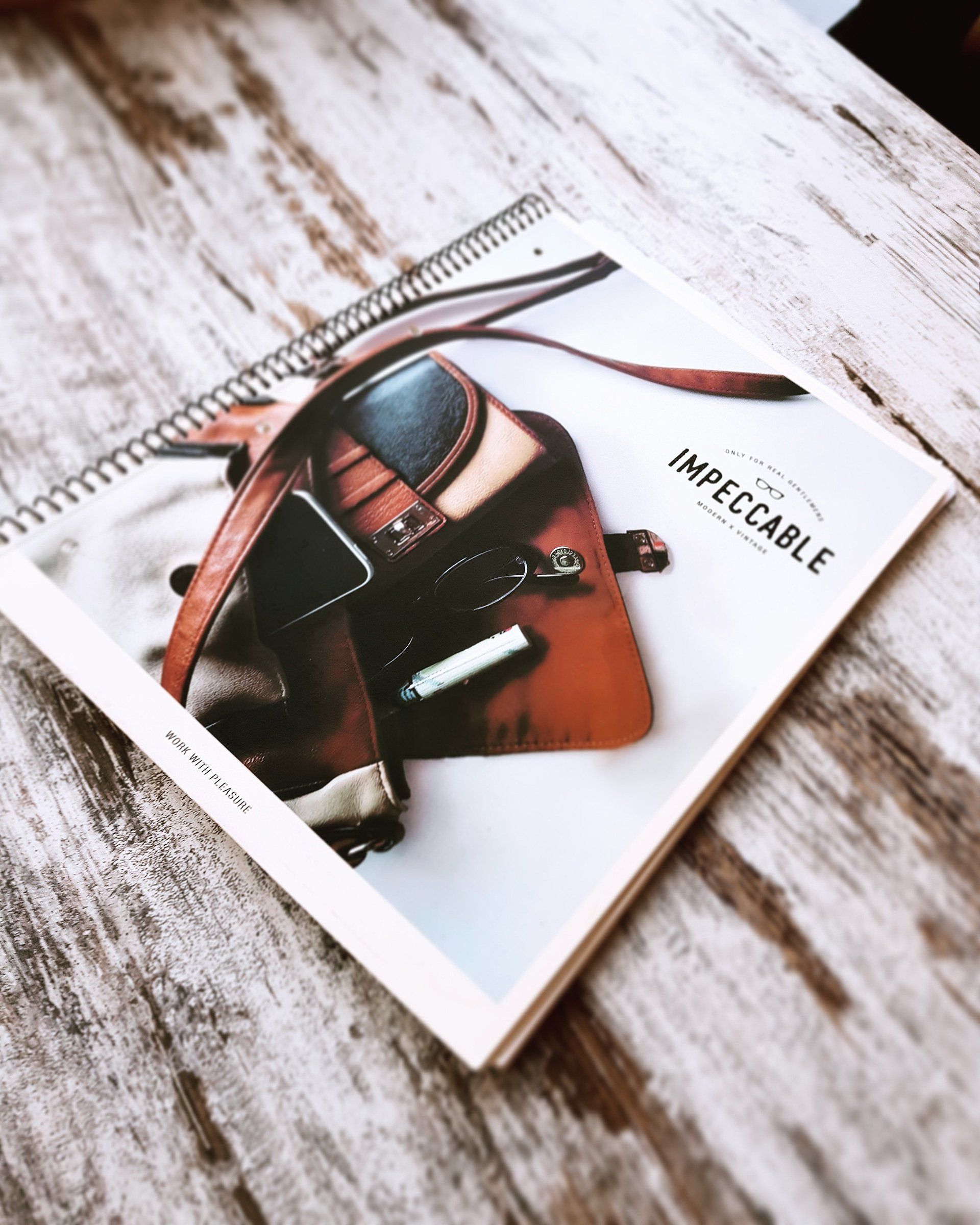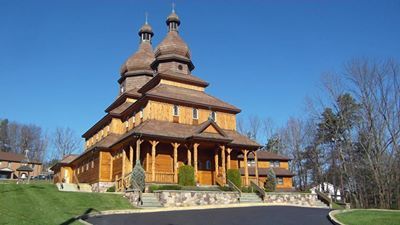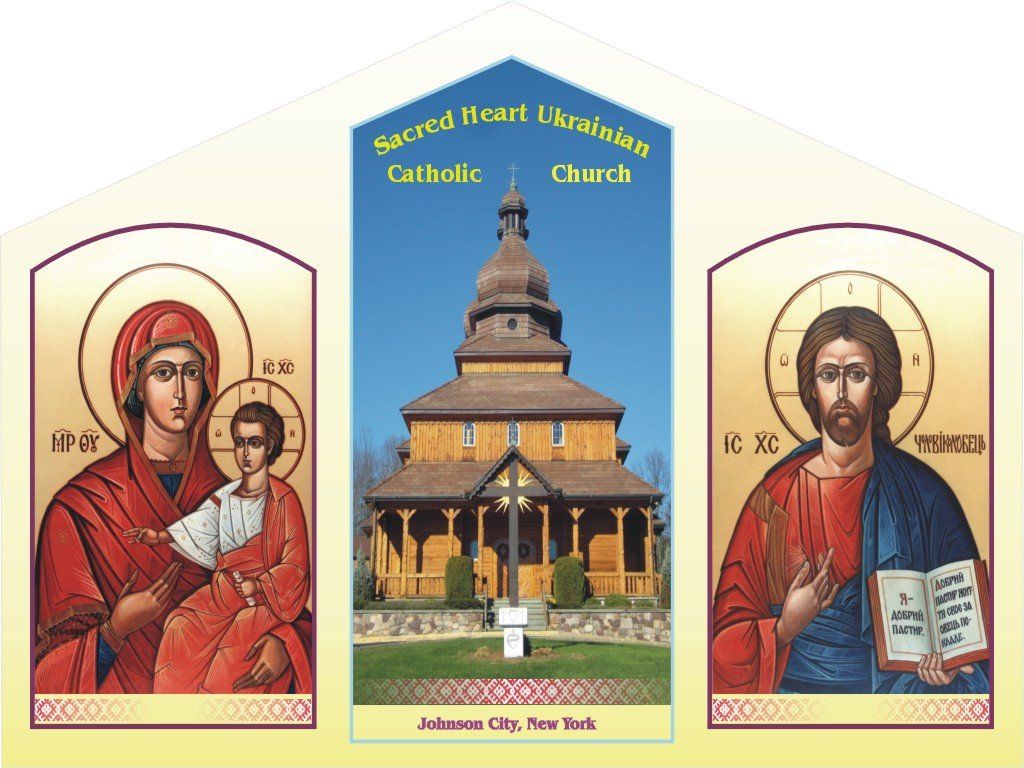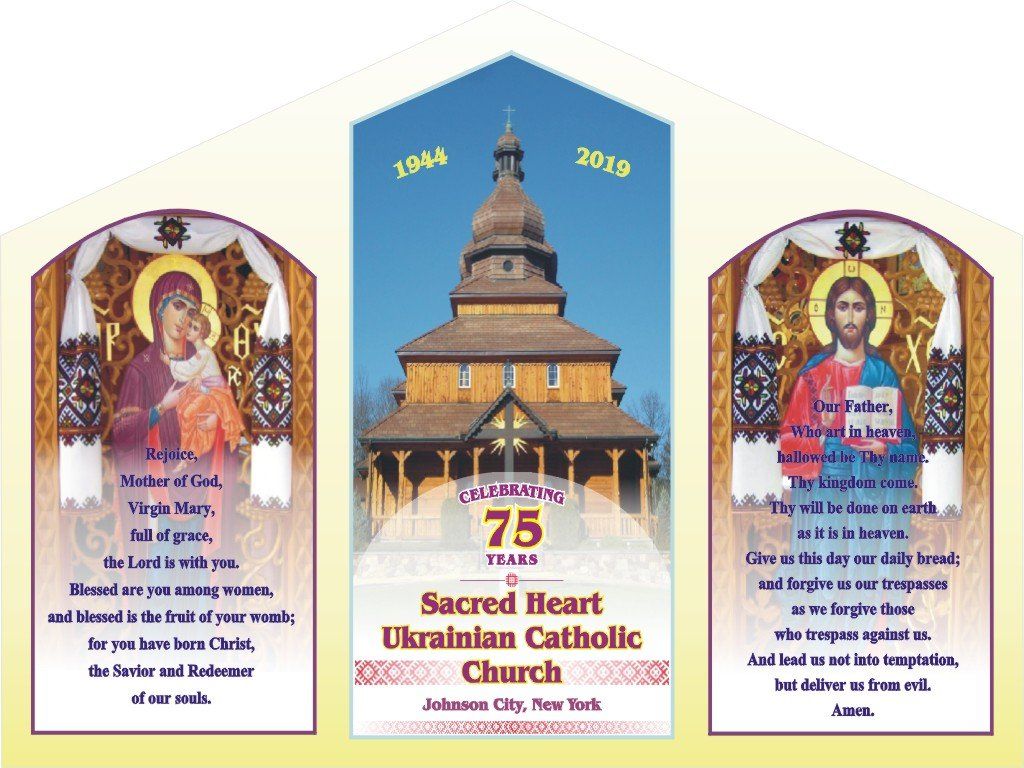Welcome to our websiteSacred Heart Ukrainian Catholic Church230 Ukrainian Hill RoadJohnson City NY 13790Rectory Phone #607-797-6293Hall Phone #607-797-6294email: ukrainian@sacredheartucc.orgPastor: Very Rev. Archpriest Teodor B. Czabala, Jr.
Visit us on our Youtube Channel:Sacred Heart Ukrainian Catholic Churchor our Facebook pagehttps://www.facebook.com/Sacred-Heart-Ukrainian-Catholic-Church-162216990497599
Sacred Heart Ukrainian Catholic Church
230 Ukrainian Hill Road
Johnson City NY 13790
Rectory Phone
#607-797-6293
Hall Phone
#607-797-6294
email: ukrainian@sacredheartucc.org
Pastor:
Very Rev. Archpriest Teodor B. Czabala, Jr.
Visit us on our Youtube Channel:
Sacred Heart Ukrainian Catholic Church
or our Facebook page
https://www.facebook.com/Sacred-Heart-Ukrainian-Catholic-Church-162216990497599
History
The first Ukrainian immigrants in the Binghamton area were young girls who worked in the cigar factories at the turn of the century. Only around 1902 did the first Ukrainian families arrive in Binghamton from neighboring Scranton and Olyphant. The effort to establish and maintain a Ukrainian Catholic Church in the Broome County area has been a long and difficult struggle.
Preparations for the construction of such a Church were begun soon after the arrival of the first Ukrainian immigrants to the area around 1903. At that time our faithful attended the Church of Saints Cyril and Methodious, established by the Franciscan order to serve the needs of the area's growing Slavic population.
In 1913 a committee was formed to buy land for the future Sts. Peter and Paul Ukrainian Catholic Church, originally planned for Johnson City. These efforts included the first Ukrainian Catholic Divine Liturgy celebrated in the area, by Fr. Ortinsky. This Liturgy and various fund raising activities were held in the Church and Hall of the local Lithuanian Catholic Church (St. Joseph's), then located on Clinton Street. Unfortunately these efforts failed to produce an actual Catholic Church structure.
Despite these unsuccessful attempts, work continued on finding a permanent home for the areas growing Ukrainian Catholic population. Key to all these efforts was Paul Potochniak. He served as a leader and organizer of the group that finally succeeded in purchasing and renovating a former Methodist Church. Thus, on November 19, 1944 Sacred Heart Ukrainian Catholic Church was consecrated and held the first of many Divine Liturgies. Officiating at that Liturgy were Fathers Venyamin Baranyk and Maxim M. Markiw. Both of these clerics belonged to the Order of Saint Basil the Great, as it was that order which founded and served the parish for many years.
The hard work and struggle connected with Sacred Heart parish did not end with its founding in 1944. Born during the Second World War, the parish soon welcomed a new wave of immigrants fleeing the destruction and persecution found at the hands of the Communists ruling Ukraine. Paul Potochniak sponsored many of these immigrants. The parish also grew with the return of war veterans and the birth of new members. Several milestones from the last fifty years of the parish's history should not be forgotten. In 1956 the parish switched to the Gregorian calendar and built the pavilion at our picnic grounds, which continues to serve us and others to this day.
In 1972, after 28 years of devoted service, the Basilian Order offered administration of the parish to the Bishop. After years of work and discussion, our new Church and rectory were dedicated and blessed in 1977. The same year saw the celebration of the parish's first English Divine Liturgy. In 1988 the parish celebrated both the opening of the new hall and the Millennium of Christianity in Ukraine.
The parish also boasts several cultural organizations, which help to maintain the heritage of our Ukrainian culture here in America. Our Nezabutkv dancers have delighted both parishioners and non-parishioners for over fifty years. Among many various current religious and cultural organizations that our parish can boast of are some that no longer exist a drama group, and a national chorus that performed on radio and television to mark various national holidays from 1957-69.
One Church-Many Rites
Ukrainian Catholics
The Catholic Church the world over is at the same time, both “one” and diverse. It is “one” because it has one Supreme Head, the Pope, one faith and the same seven sacraments throughout the world. But the different nations and peoples in the Church express the one faith, and receive the same sacraments in different ways and with different customs. They are referred to as a "Local Church." The way of celebrating the Eucharist, feast days, times of fasting and many other things are different too. Each local Church that has its own special customs and ways of expressing the faith; we call a RITE of the Church. The different Rites (of which there are eighteen) come under two principal groups: Western and Eastern Rites. Among the Western Rites, the Roman or Latin Rite embraces the largest number of Catholics. Among the Eastern Rites, the Byzantine Rite is the largest, and our Ukrainian Catholic Rite is part of it.
The following are some of the remarkable differences between the Latin and the Ukrainian Catholic Rites:
· The main difference is in the celebration- of the Divine Liturgy (Of Holy Mass). Ukrainian Catholics celebrate the Holy Sacrifice with leavened bread; the Roman Catholic Church uses unleavened bread. The- Host in the- Roman- Rite is round; in our Rite it is square (the ancient Greek symbol of perfection). In the Roman Rite, Holy Communion is primarily given to the faithful under one specie (bread) only; in our Rite we receive Holy Communion under two species (bread and wine) given to the faithful with a small golden spoon. There is also a distinct difference in the vestments of our priests and those of Latin Rite priests.
· We say our Liturgy on an antimension (a piece of cloth with a picture of the burial of Christ painted on it) in which are sewn relics of the Saints; in the Roman Rite the relics of the Saints are embedded in the altar itself.
· Roman Rite Catholics make the sign of the cross with the whole hand in honor of the five wounds of Christ. We make it with three fingers in honor of the Holy Trinity. Moreover, we make the sign of the cross from the right to the left, while in the Roman Church the hand is brought from the left to the right shoulder.
· Roman Catholics adore the Holy Eucharist by genuflecting (the act of bending the knee). We adore it by bowing our head and making the sign of the cross.
· In all Eastern Churches there is a great picture screen called the lconostasis, separating the sanctuary from the body of the church. On it are icons (pictures) of Our Lord, Our Lady, the Apostles and other Saints, and all the important people and events in the History of Salvation-from the time of Abraham to the birth of the Church on Pentecost Sunday. By separating the altar (God's throne) from the rest of the church, the icon screen reminds the faithful that man, while on earth, is separated from God and not yet a perfect sharer in His glory. But its icons tell us that through Christ's coming, mankind is closer to God than it had ever been before. In short, the whole iconostasis reminds us of the real meaning of our faith, that we have been saved in Christ. It puts in paint what the Bible and the history of the Church put in print: God’s loving concern for our salvation which we see all throughout history, right up to- the- present day.
Prayer & ServiceSummer Liturgy Schedule:
English Service 8:00 amUkrainian Service 9:30 am - Winter Liturgy Schedule Starts October English Service 8:30 amUkrainian Service 10:00 am -Please check the weekly bulletin for any Liturgy time changes
Learn more
Summer Liturgy Schedule:
English Service 8:00 am
Ukrainian Service 9:30 am -
Winter Liturgy Schedule Starts October
English Service 8:30 am
Ukrainian Service 10:00 am -
Please check the weekly bulletin for any
Liturgy time changes









